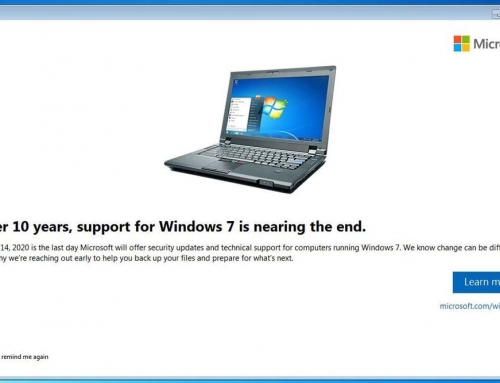WHAT IS SHARENTING?
“The habitual use of social media to share news, images, etc. of one’s children”
On my way home from a computer repair in Sutton Coldfield the other day I was listening to an interesting program on Radio 4 called “The Digital Human”. It’s a documentary of sorts, focusing on the digital world from a distinctly human perspective. In this episode they were talking about Sharenting. According to the dictionary Sharenting is “The habitual use of social media to share news, images, etc. of one’s children”. The scale of sharenting can vary from Mum’s that share the odd baby snap on Facebook through to bloggers, who share intimate details of their children’s lives on online videos and diaries.
The show discussed both the pros and cons of such behaviour. The pros being moral support for parents during difficult times, for example sleepless nights and breast-feeding. Knowing that someone else is going through a tough time too has prevented suicide. But it was the cons that caught my attention.
Due to their age children have often not been asked if they mind their images being shared online and parents may see sharing photos as their right! There is a fine line between a parent’s freedom of speech and a vulnerable child’s right to privacy. As this generation of babies grow up and start to take control of their own privacy parents may face some difficult conversations. What if your 14-year-old doesn’t want their photograph online? Gwyneth Paltrow was faced very publicly with this problem when she uploaded a selfie with her daughter. The daughter had already expressed she didn’t want photos of herself on mother’s Instagram, but Gwyneth wrongly assumed that the photo was OK because the child was wearing ski-goggles.
We often preach to our kids about appropriate internet usage but then ignore their right to privacy by sharing photos, or funny stories about them as young children, before they were old enough to give their consent.
What’s the harm? Maybe none, but if that child has learning difficulties, a behaviour problem or an illness, this information can be data mined by big corporations and used against them in university applications or job interviews in the future. Such information could prevent them getting insurance. Then there are the true horror stories, where an innocent video of a child doing cartwheels can be freeze framed by paedophiles to show a momentary compromising position, as happened on YouTube earlier this year.
I am not judging you or telling you not to sharent at all! I’m suggesting you give your child a veto and ask if they are okay with their personal information being shared online, even if to a narrow audience of your friends, which could include parents of their friends at school. I’m asking that before you click share you consider the audience (check your privacy settings!) and the potential impact of this image or quote in 10 years time on the child’s sense of self and mental wellbeing.
Safe ‘Putering
Caroline The ‘PuterTutor
“Juice Jacking” – know the facts
A dying phone battery is [...]
What are HTTPS, 2FA and MFA?
I read an article recentl [...]
What is Spear Phishing?
Spear phishing is a high [...]
Have you heard of Sharenting?
WHAT IS SHARENTING? “Th [...]
Is the Momo Challenge a Hoax?
Is the Momo Challege a H [...]
Did your Chromecast get hacked?
There is a hacker calling [...]











